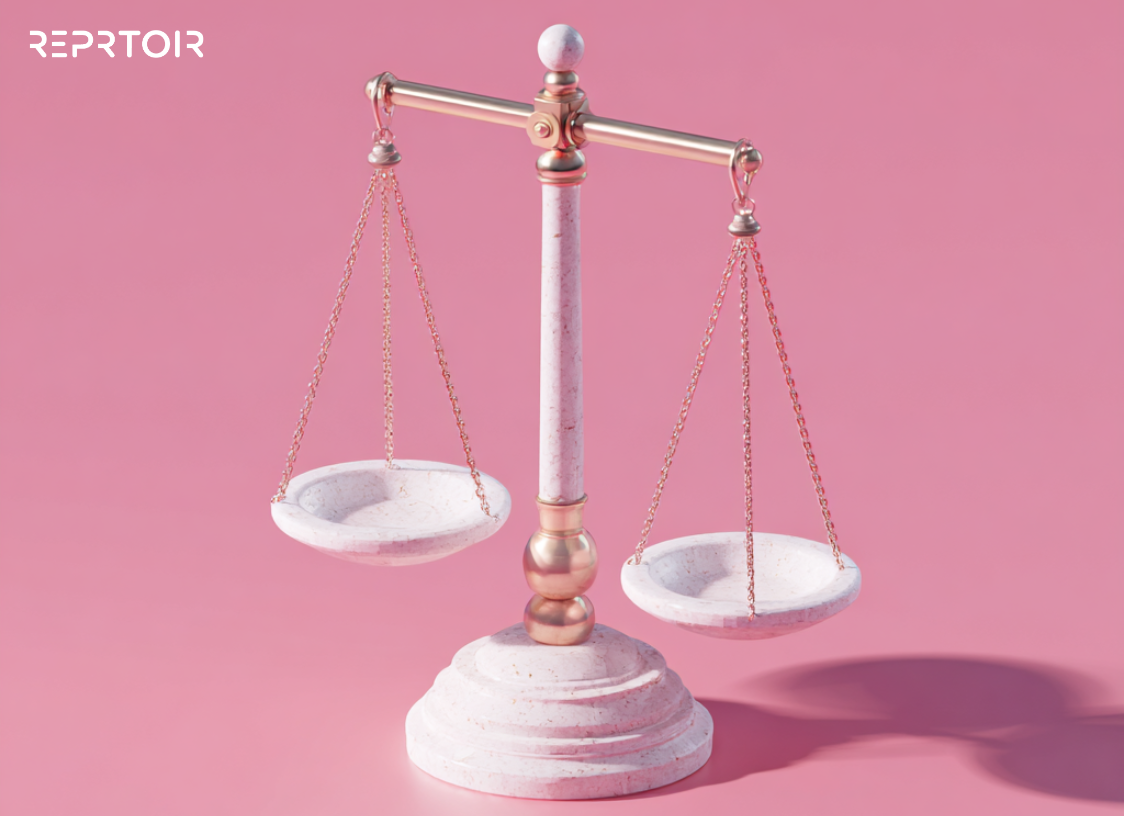The Power of Music Placement in Visual Media
The film and TV industry has been revolutionized by the streaming industry, allowing filmmakers to showcase their work to a much larger audience than ever before. But most movies are only as good as their soundtrack, and the power of music placement, or sync, in this industry is undeniable. It has become an essential part of creating a truly captivating viewing experience, with the right song bringing out emotions in a powerful way.
In this blog post, we explore the impact of music placement in the film & TV industry and share success stories of how producers and composers have used it to make their projects come alive. But first, what exactly is music placement?
Music Placement - Explained
Music placement is a sync process within the music industry and film industry that involves strategically placing existing music in films, television shows, commercials, trailers, and video games. It is an important part of the development strategy for many musicians and music marketing companies, as it can provide an opportunity to reach a larger audience and generate additional income.
In general, it requires a great deal of work and research on the part of both the musician and the filmmaker to ensure that the music chosen is appropriate for the scene. This includes considering the genre, tone, length, tempo, and overall mood of the project. Since music plays an integral role in creating an emotional connection with viewers, it's crucial to ensure it matches up with the desired impact of the filmmakers' vision.
How Does It Work?
A good music placement strategy starts with research – which includes studying the works of other successful music placements – before developing a comprehensive plan tailored specifically to your target audience. The intention is for composers, music publishers, music supervisors, and other industry professionals to negotiate and license music for use in movies, television shows, commercials, trailers, and more.
When working on music placement, filmmakers need to clearly understand what kind of music is desired for the project. After finding the right artist or composer and getting the perfect composition or score, the negotiation process typically follows. This can include securing the sync licensing rights to the music and negotiating royalties. Music supervisors usually conduct this process. They are typically responsible for sourcing new songs for film, television, and other media.
Working on Music Placement Today
In the ever-evolving music and film industries, one of the most important developments for musicians and filmmakers alike is the ability to achieve successful music placement. Traditionally, this has been a development strategy reserved primarily for signed artists who are managed by major labels, but recently independent artists are getting the chance to have their music placed in various media.
The right music syncs just right, and this is why there's minimal bias from directors and music supervisors today. The industry is full of creatives, and filmmakers will not really consider working with specific artists unless they intend to have an original score done.
Music Placement Success Stories
Music placement has been used by artists to great success in the film and TV industry. There are countless examples of songs that have made their way into popular visual media projects and performed greatly on other platforms. Here are a few notable success stories:
Take, for instance, Kate Bush. In 2022, her iconic 1985 single "Running Up That Hill" re-entered the Billboard Hot 100 and eventually peaked at #9, making it her first US Top 10 hit ever. This was thanks to her song's placement on season 4 of Netflix's Stranger Things. The massive success of "Running Up That Hill" also catapulted her 1978 debut single, "Wuthering Heights," to the US Spotify Viral 100 chart in June 2022.
The impact music placement can have is clear: a 37-year-old single suddenly got new life thanks to its inclusion in a television series. It goes to show just how powerful and effective music sync can be.
Another great example is Lizzo's "Truth Hurts," which was released in 2017. After trending on TikTok and featuring in a Netflix film, Someone Great, in 2019, the hit went viral and became #1 on Billboard 100. It topped the chart for seven weeks straight, earning Lizzo a Guinness World Record for the longest-running number-one solo by a female rapper.
There are many more success stories that tell the same tale in different aspects. But in general, syncs offer artists valuable exposure and increased recognition amongst music fans. Along the way, good profits are made for both parties.
How to Get Started With Music Placement
Are you an artist interested in getting your music placed in the film and TV industry? If so, you are probably wondering what it takes to get started in music placement. The good news is that with the right development strategy and approach, you can begin taking steps toward your goals today.
First, it's important to understand the landscape of music placement within the film and TV industry and create a comprehensive strategy that involves marketing and networking. You need to understand who the decision-makers are in the industry and be able to reach them with your music.
With a publisher, this is relatively easy since they already have an existing network of film directors, producers, and music supervisors. They have an easy reach to the key decision-makers and will handle music submission and manage licensing agreements on your behalf.
However, when working independently, it's crucial to focus on building relationships with the key decision-makers you've identified to get your music heard. You can also take advantage of online resources to find music placement and networking opportunities.
By taking the time to understand the basics of music placement and implementing a solid strategy, you will increase your chances of success and open up new doors for your career.
Manage the Full Scope With Reprtoir
The success of music placement relies heavily on a strong development strategy. This includes creating relationships with key players in the film and music industry, utilizing specialized software programs, and understanding the industry's trends.
Both industries are ever-growing, expected to be worth $479.63 billion by 2026 at a compound annual growth rate (CAGR) of 10.2%. And as technology advances, so too do the opportunities for musicians and filmmakers to make money from music sync.
To get first-hand help in the entire process and secure placements more easily, music industry professionals can work with Reprtoir. Our platform is designed to manage the full scope of music marketing, from secure Catalog Management and Music Sharing to Royalty Accounting. With Reprtoir, music professionals can manage their music placement process, increase their success rate, and reach out to new customers.
Are you a record label, artist, or filmmaker? Contact us now to discover all about Reprtoir!











